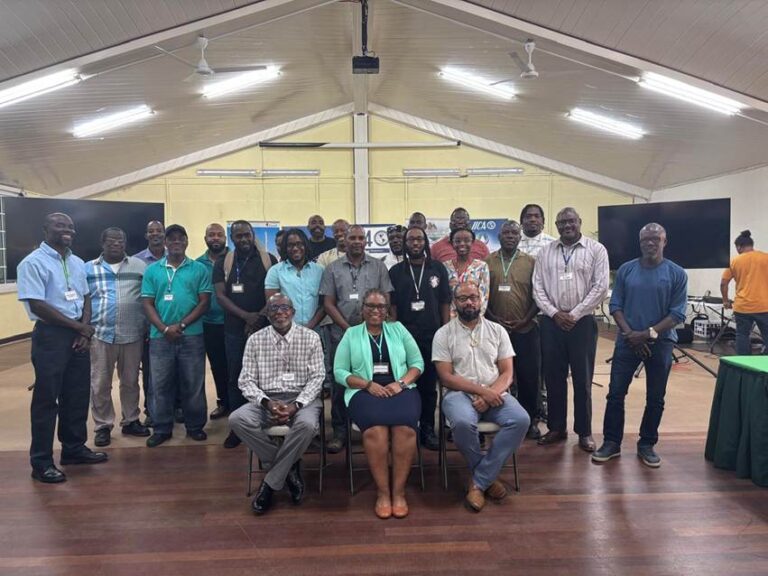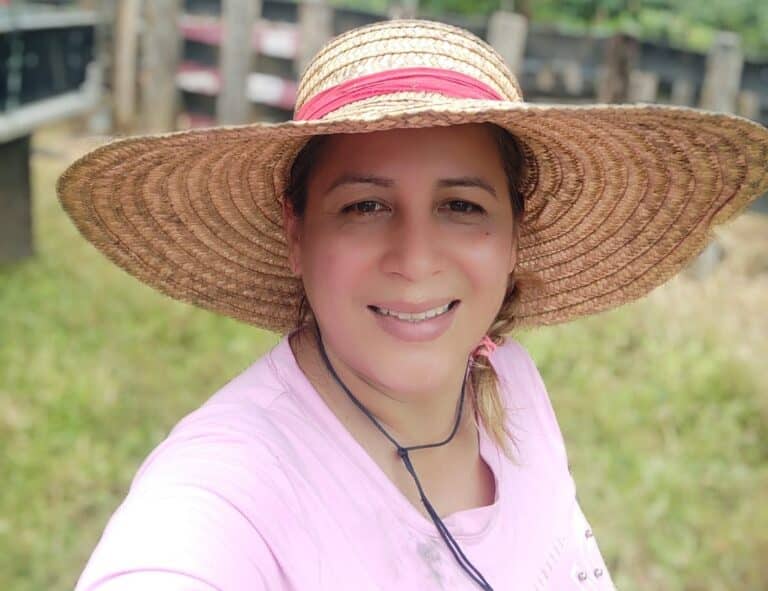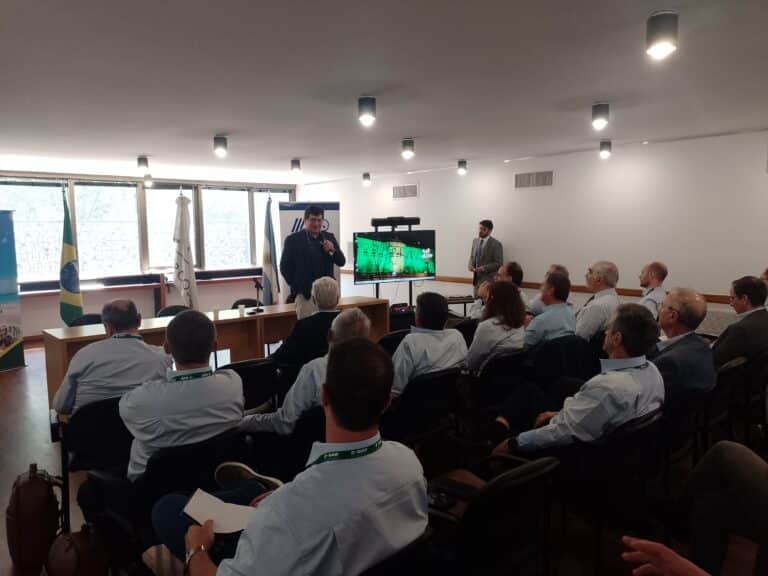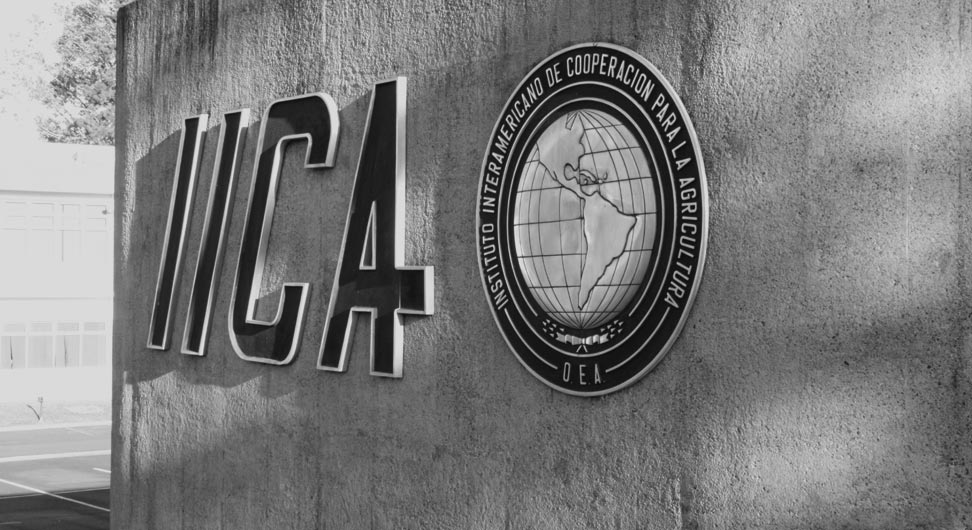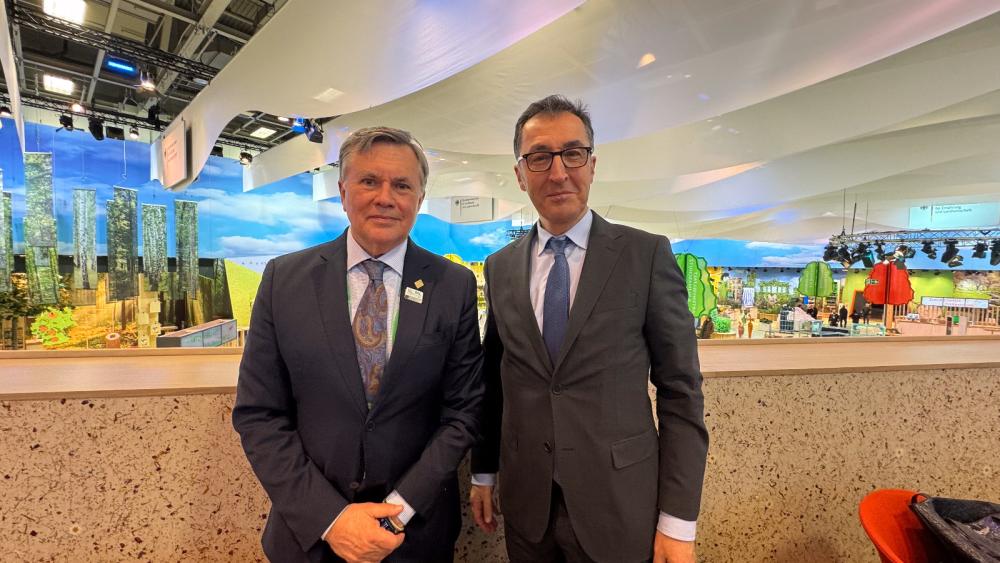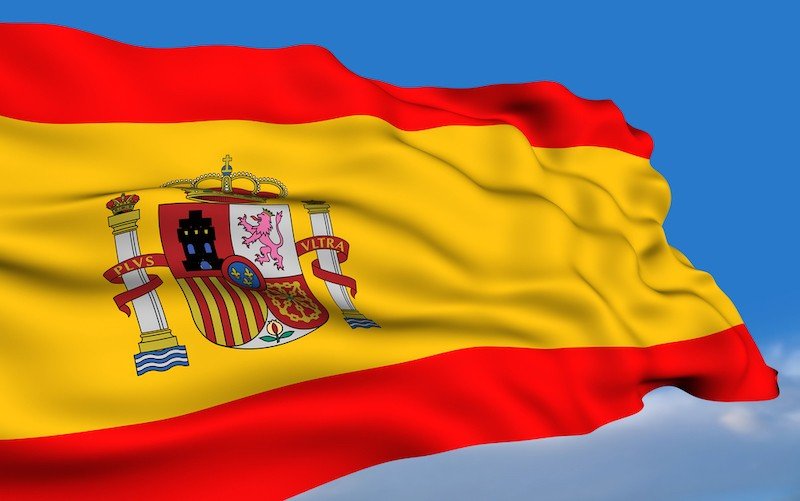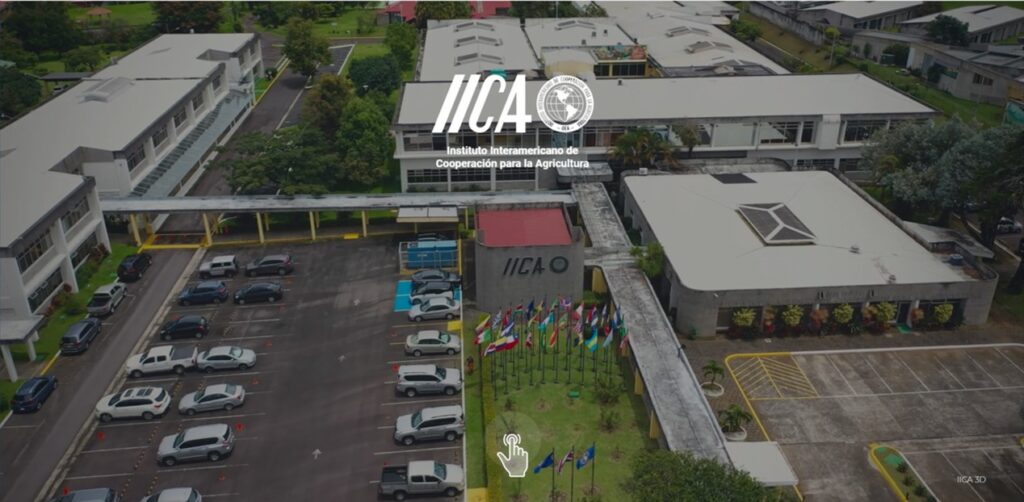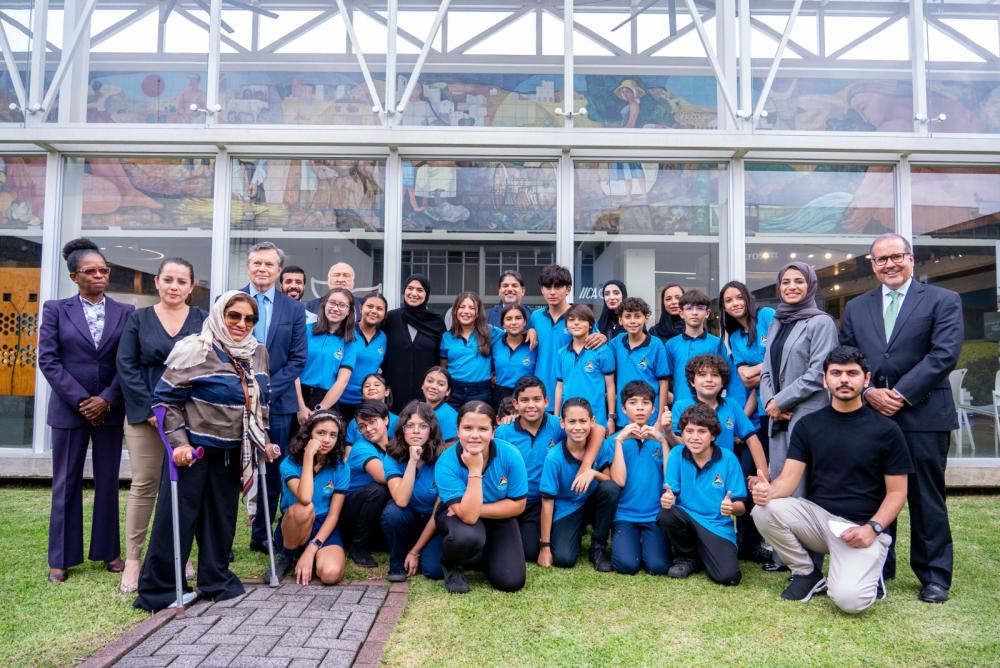In this article, Dr. Joe Munyaneza, National Program Leader from the USDA talks about Zebra chip, an emerging and damaging disease of potato in U.S., Mexico, Central America, and New Zealand that has caused millions of dollars in losses to the potato industry, often leading to the abandonment of entire fields.

Insect-transmitted plant pathogens are a serious threat to the potato and other vegetable industry worldwide. The identification of these pathogens and the insects that transmit them to plants is crucial to developing effective management strategies for their control. This is particularly important for a number important and emerging diseases of solanaceous crops in North and Central America, including Zebra Chip, Potato Purple Top, and various other vegetable crop diseases.
These diseases were the subject of a keynote presentation I made at the Annual Meeting of the Mexican Society of Plant Pathology, held on July 17-18, 2017 in Tuxtla Gutierrez, Chiapas, Mexico. The presentation was also part of a training workshop organized by the Plant Health Task Force of PROCINORTE and was attended by several researchers from Mexico. My presentation was entitled “Zebra Chip or Purple Top: Avoiding diagnostic or management risks for the Mexican potato and other vegetable industry”.
Zebra chip, an emerging and damaging disease of potato in U.S., Mexico, Central America, and New Zealand, has caused millions of dollars in losses to the potato industry, often leading to the abandonment of entire fields. The disease is caused the bacterium Liberibacter, transmitted the potato psyllid. While this insect pest is found in some parts of Canada, no zebra chip has been documented in the country.
Where zebra chip is present, infected potato plants exhibit a range of foliar symptoms that resemble those caused by Potato Purple Top or “Punta Morada” (in Spanish), another economically important disease of potato, particularly in Mexico. Potato purple top is caused by phytoplasmas, transmitted by leafhoppers. Unlike zebra chip, purple top does not cause internal defects in potato tubers. However, in Mexico, the names of Zebra Chip and Potato Purple Top are used interchangeably, because of the similarities in above-ground plant symptoms, often leading to inappropriate and ineffective management strategies. Clearly, correct identification of the pathogens and their insect vectors is crucial, so that effective management strategies may be employed.
Overall, the PROCINORTE Zebra Chip training workshop was very successful and provided researchers with the opportunity to facilitate the exchange of scientific ideas, knowledge and information to develop effective management strategies for insect pests and insect-transmitted diseases of potato and other vegetable crops in North and Central America.
For more information:
Dr. Joe Munyaneza
Email: Joseph.Munyaneza@ARS.USDA.GOV

